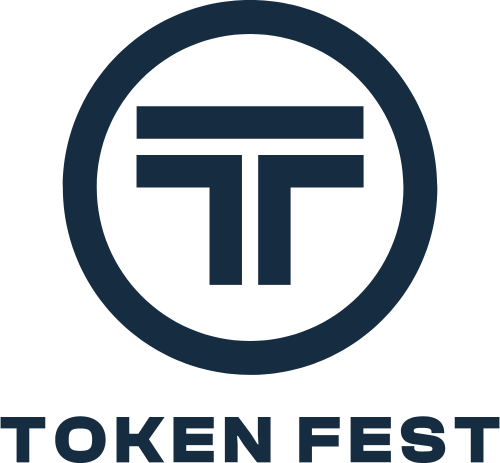Key Takeaways:
- Research-Driven Development: Cardano is built on peer-reviewed academic research, ensuring a robust and secure blockchain infrastructure.
- Unique Architecture: Utilizes a layered blockchain design separating settlement and computation layers for enhanced scalability and flexibility.
- Proof-of-Stake Consensus: Employs the Ouroboros protocol, promoting energy efficiency and decentralization.
- Active Development Roadmap: The 2025 roadmap focuses on scalability, interoperability, and governance enhancements.
- Real-World Applications: Cardano is being adopted in sectors like education, supply chain, and finance, demonstrating its practical utility.
Introduction
In the rapidly evolving world of blockchain technology, Cardano stands out as a project that emphasizes a scientific approach to development. Founded by Charles Hoskinson, a co-founder of Ethereum, Cardano aims to create a more secure and scalable blockchain that addresses the limitations of earlier networks. As of April 2025, Cardano continues to make significant strides in achieving its vision.
The Philosophy Behind Cardano
Cardano’s development is guided by a philosophy that prioritizes academic rigor and evidence-based methods. This approach involves extensive peer-reviewed research and formal verification processes to ensure the reliability and security of the blockchain. By integrating scientific principles into its development, Cardano aims to provide a more robust and adaptable platform for decentralized applications.
Architectural Design: Layered Blockchain
One of Cardano’s distinguishing features is its layered blockchain architecture, which separates the settlement layer (handling ADA transactions) from the computation layer (managing smart contracts). This separation allows for more flexibility and scalability, enabling updates and improvements to be made to one layer without affecting the other. Such a design facilitates the integration of new features and enhances the overall efficiency of the network.
Consensus Mechanism: Ouroboros
Cardano employs the Ouroboros proof-of-stake (PoS) consensus algorithm, which is designed to be energy-efficient and secure. Unlike proof-of-work systems that require significant computational resources, Ouroboros allows ADA holders to participate in network consensus through staking, promoting decentralization and reducing environmental impact.
2025 Roadmap and Developments
Cardano’s roadmap for 2025 focuses on several key areas:
- Scalability: Implementing solutions like Hydra to increase transaction throughput and reduce latency.
- Interoperability: Enhancing cross-chain communication to facilitate interactions with other blockchain networks.
- Governance: Advancing on-chain governance mechanisms to empower the community in decision-making processes.

These initiatives aim to position Cardano as a leading platform for decentralized applications and services.
Real-World Applications
Cardano’s technology is being applied in various sectors:
- Education: Implementing blockchain solutions for credential verification and academic record management.
- Supply Chain: Enhancing transparency and traceability in product sourcing and logistics.
- Finance: Developing decentralized financial services to increase accessibility and reduce costs.
These applications demonstrate Cardano’s potential to address real-world challenges through blockchain technology.
ADA Token and Market Performance
Source: Coingecko
ADA, the native token of the Cardano network, plays a crucial role in its ecosystem, facilitating transactions, staking, and governance. As of April 2025, ADA maintains a strong presence in the cryptocurrency market, reflecting investor confidence in Cardano’s long-term vision.
Conclusion
Cardano represents a unique approach in the blockchain space, combining scientific research with innovative design to create a secure and scalable platform. Its commitment to academic principles, coupled with practical applications across various industries, positions Cardano as a significant player in the future of decentralized technology.
Disclaimer: This article is for informational purposes only. It is not financial advice. Always do your own research (DYOR) before investing in cryptocurrencies.

Alma Sarah is a freelance writer and marketing consultant. Alma specializes in content marketing, SEM, SEO and social media strategy. When she’s not writing, Alma enjoys hanging out with friends, cooking, and spending time with her family.





